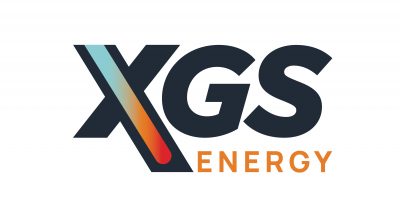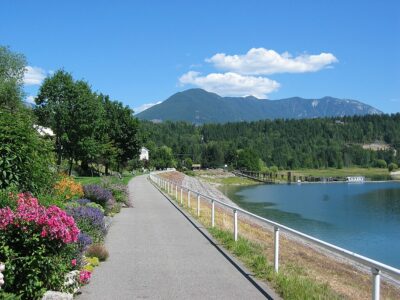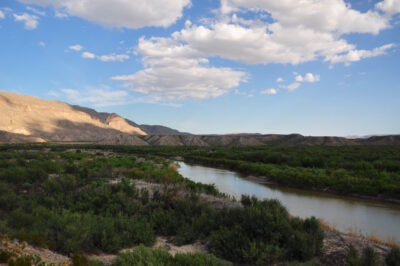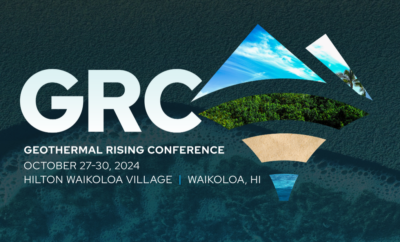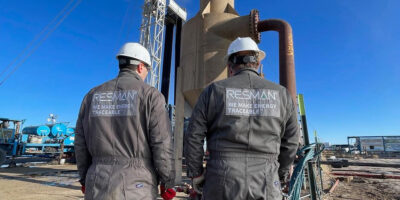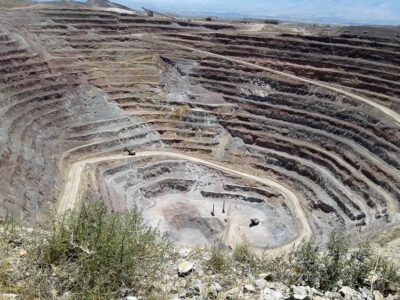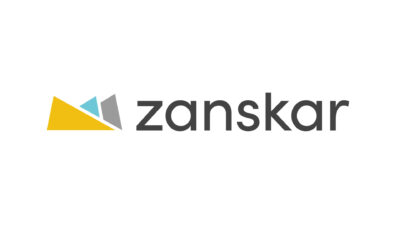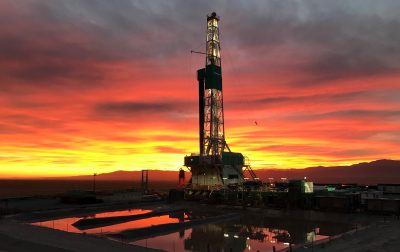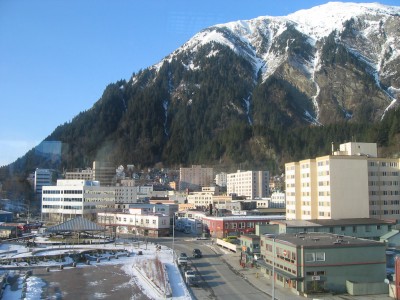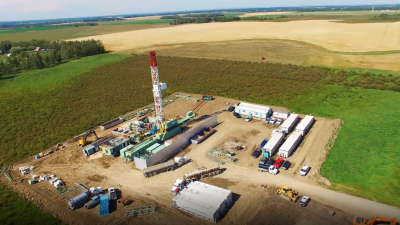Research explores the use of telecom fiber for geothermal seismic sensing
A research project by Zayo, Berkeley Lab, and Rice University explores the use of existing dark fiber networks to help in identifying geothermal resources.
Global communications infrastructure provider Zayo Group Holdings Inc. (Zayo) has announced the completion of a collaborative research project that explores the use of existing telecommunications fiber to map potential geothermal resources, particularly those without surface manifestations.
The Imperial Valley Dark Fiber Project is a collaborative research effort between Zayo, the Lawrence Berkeley National Laboratory, and Rice University with funding support from the U.S. Department of Energy. Several articles have been published from this project, a list of which can be accessed via this link.
The “hidden” Brawley Geothermal Field
The project team focused on the Brawley Geothermal Field located at the Imperial Valley in California and just south of the Salton Sea. Unlike other conventional geothermal fields, Brawley had no surface manifestation in the form of hot springs, geysers, fumaroles, or mud volcanoes. However, previous exploration by oil and gas companies had already confirmed a geothermal resource in the Brawley field.
Investigating such “hidden” geothermal systems is often time-consuming, labor-intensive, and expensive. A conventional seismic study can be done, but this will require the deployment of a dense network of seismic sensors. This will require a lot of manual labor, and significant time will be needed both for sensor deployment and site permitting.
Dark fiber as acoustic sensors
The alternative presented by the research group is to use Zayo’s existing dark fiber network in the Imperial Valley. Aside from its initially intended purposes, unlit telecom fiber can be turned into thousands of seismic sensors using a technique called Distributed Acoustic Sensing (DAS). These sensors measure ambient noise or earthquake waves bouncing around the earth as a function of time, giving scientists a better picture of what lies underneath.
With the telecom fiber already in the ground, all scientists must do to tap into it is go to the point of presence (PoP) and install an interrogator – a device that listens to signals sent through fiber optic cables, enabling scientists to detect seismic activity. This significantly reduces the project’s cost and the time that would otherwise be required to get the proper permits to place sensors and then do the work to place them.
In just two days, the team was able to use DAS to highlight where the geothermal resource was by detecting specific seismic signatures indicative of geothermal activity.
Findings and other applications
By fusing dark fiber with traditional seismic sensors, the Berkeley Lab-Rice team has built larger, more detailed maps of the subsurface. Researchers have also leveraged Zayo’s dark fiber to test additional applications, including earthquake detection.
With the results of this research, scientists now have an efficient way of finding previously unknown, untapped geothermal resources even in areas without any surface expression.
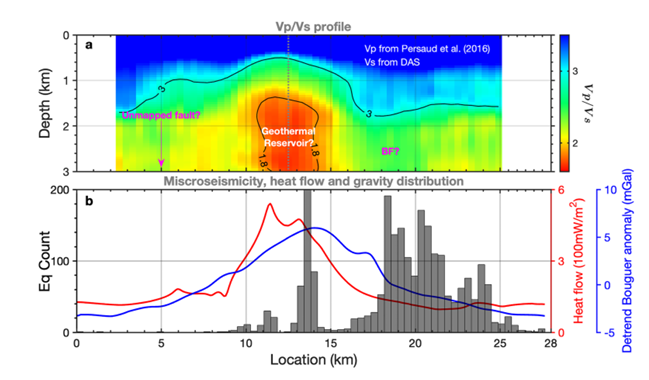
“Network infrastructure is at the heart of innovation, and that couldn’t be more true than it is with this project,” said Steve Smith, CEO of Zayo. “We are proud to have played a role in advancing the discovery and development of clean energy sources, in keeping with our longstanding commitment to drive a sustainable future. We hope the great work of the Berkeley Lab and Rice University team will inspire new conversations about how fiber infrastructure can be leveraged in new ways to make a positive impact on our future – some that we can only imagine today.”
Leveraging dark fiber and DAS to find hidden geothermal resources is just the tip of the iceberg – this type of research can have many applications. DAS is revolutionizing the world of seismic sensing and providing opportunities for cleaner energy, better natural disaster detection, and smarter cities.
Using DAS data, scientists can create 3D maps of Earth’s subsurface, enabling a variety of applications. These applications include geothermal exploration, monitoring changes in rock formations due to CO2 injection, and studying the water cycle by monitoring aquifers and their responses to stress.
This technique also allows for high-resolution earthquake monitoring, giving scientists a better understanding of faults and their behavior and detecting earthquake early warning signs, possibly giving cities a few-second head start to shut down critical infrastructure and improve safety before an earthquake strikes.
Overall, the use of dark fiber and DAS technology has far-reaching implications for humanity. This research enables cleaner energy through geothermal exploration, bolsters natural disaster detection, and contributes to smarter cities by enabling the creation of 3D subsurface maps. This technology holds the potential to allow scientists to explore marine life, mudslides, earthquakes, and water dynamics. As scientists strive for real-time processing of critical DAS data, this technology promises to provide even further innovation and insight.







